Personal Finance
Retirees: The Only 3 Precious Metals You Need to Protect Your Wealth Against Inflation

Published:

The history of inflation goes back centuries. One of the earliest specific examples of inflation through currency debasement is how it contributed to the fall of the Roman Empire. Nero began the practice of diluting the 90% silver denarius with other metals in 54 AD to pad his personal treasury. Lower tier Roman governors would later copy the practice. By 270 AD, the denarius only contained a minute amount of silver, and inflation would ravage the Roman Empire during the third century AD until its official fall by 470 AD. The inflation created through currency debasement with the government attempting to profit from the spread was categorized as “seigniorage”. The antidote to such inflation, which has remained constant throughout the ages, has been to physically own verifiably pure precious metals.
Paper money historically dates back to China during the Mongol ruled Yuan Dynasty, which was issued to represent promissory notes backed by the government for the stated equivalent amount of silver or gold. This fiat currency was created due to the risks and inconvenience of physically transporting and carrying large amounts of silver, gold, or other precious currency. The current US dollar and its digital manifestation operate on the same principle.
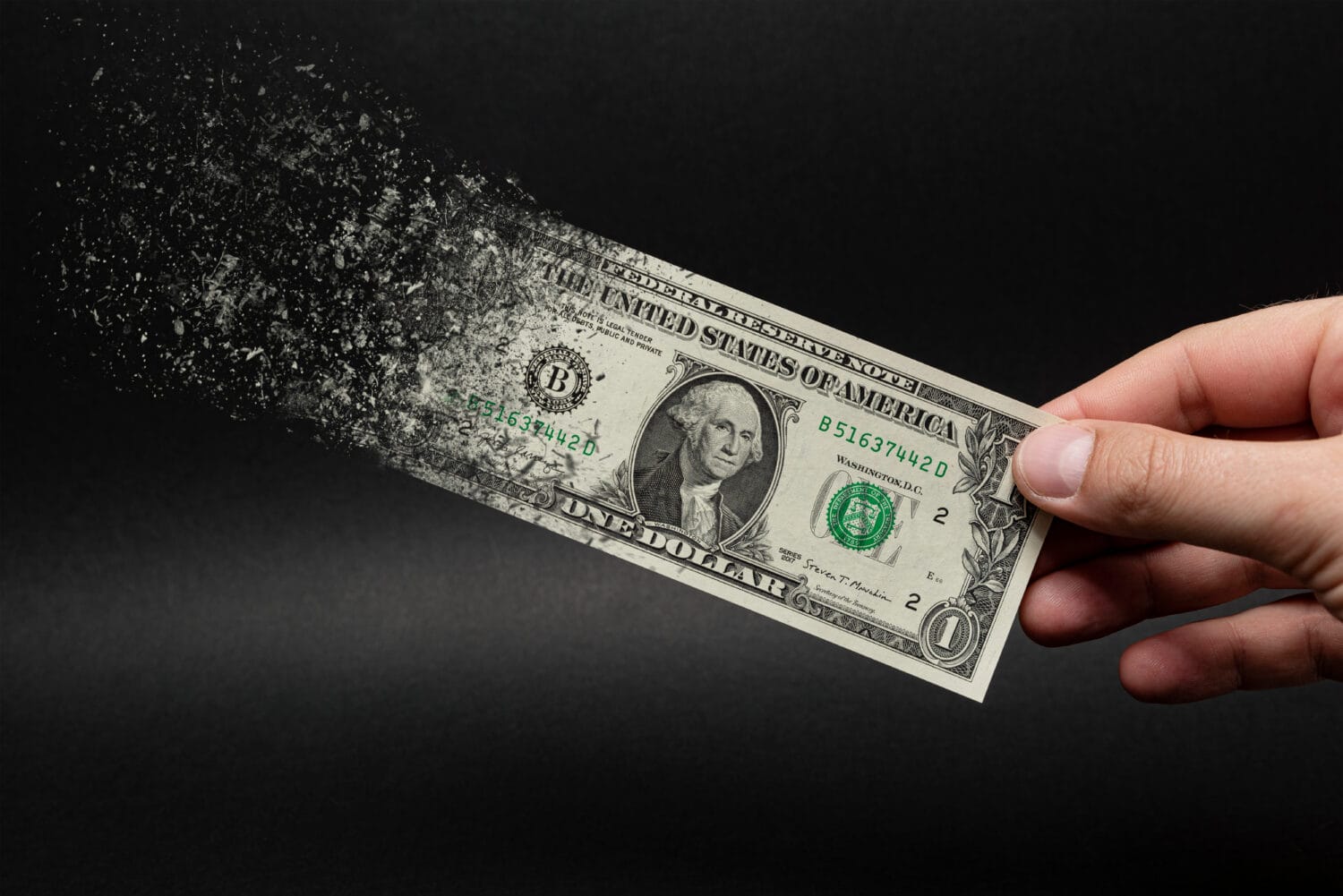
The $36 trillion+ national debt created by profligate congressional spending on wars, subsidizing illegal aliens, and a host of other Biden administration wasteful agendas required the Federal Reserve to print more money, stoking inflation, and basically creating a modern day seigniorage. The drastic escalation of prices for goods and services and the curtailed buying power of the US dollar were major reasons for the election of President Donald Trump to rectify these problems.
Millions of people suffer under inflation, but retirees on fixed incomes are especially at risk. While most financial advisors may suggest annuities, bonds, or other kinds of asset classes to preserve wealth, there is an asset class that is often overlooked: precious metals.
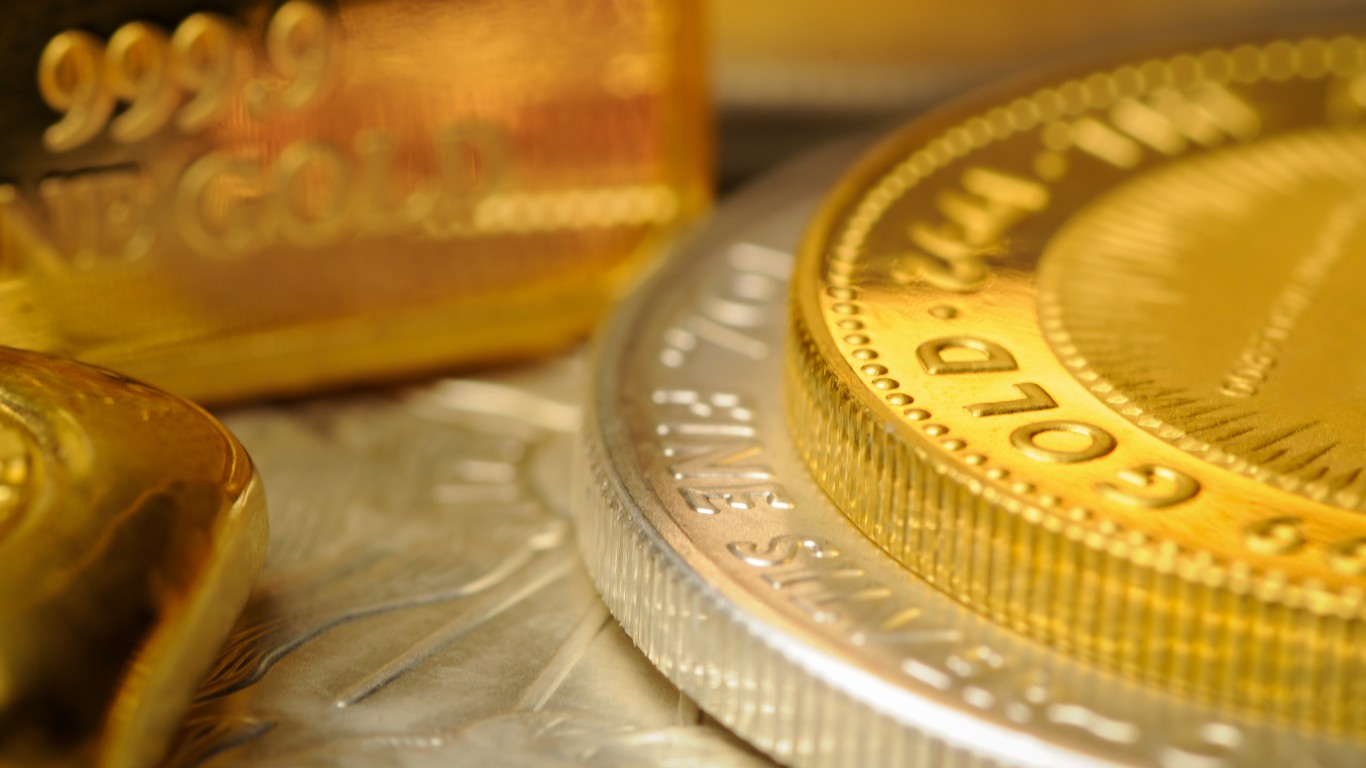
Since the dollar was created to be a promissory note for physical precious metal as currency, it stands to reason that as fiat currency’s value drops, the underlying metal it is supposed to represent will appreciate, and, in fact, this has already occurred, and may continue to do so, even after President Trump’s economic reforms start to reduce inflation back to the ultra low levels under his previous term. Therefore, just like they have served for centuries past, physical precious metals are certainly worth consideration as part of a retirement portfolio diversification strategy. Not only will they hedge inflation, but as industrial and other applications slowly introduce scarcity into the market, precious metals also possess capital appreciation upside potential. Three precious metals that are easy to follow in the market and obtain (even at Costco) are: gold, silver, and platinum.
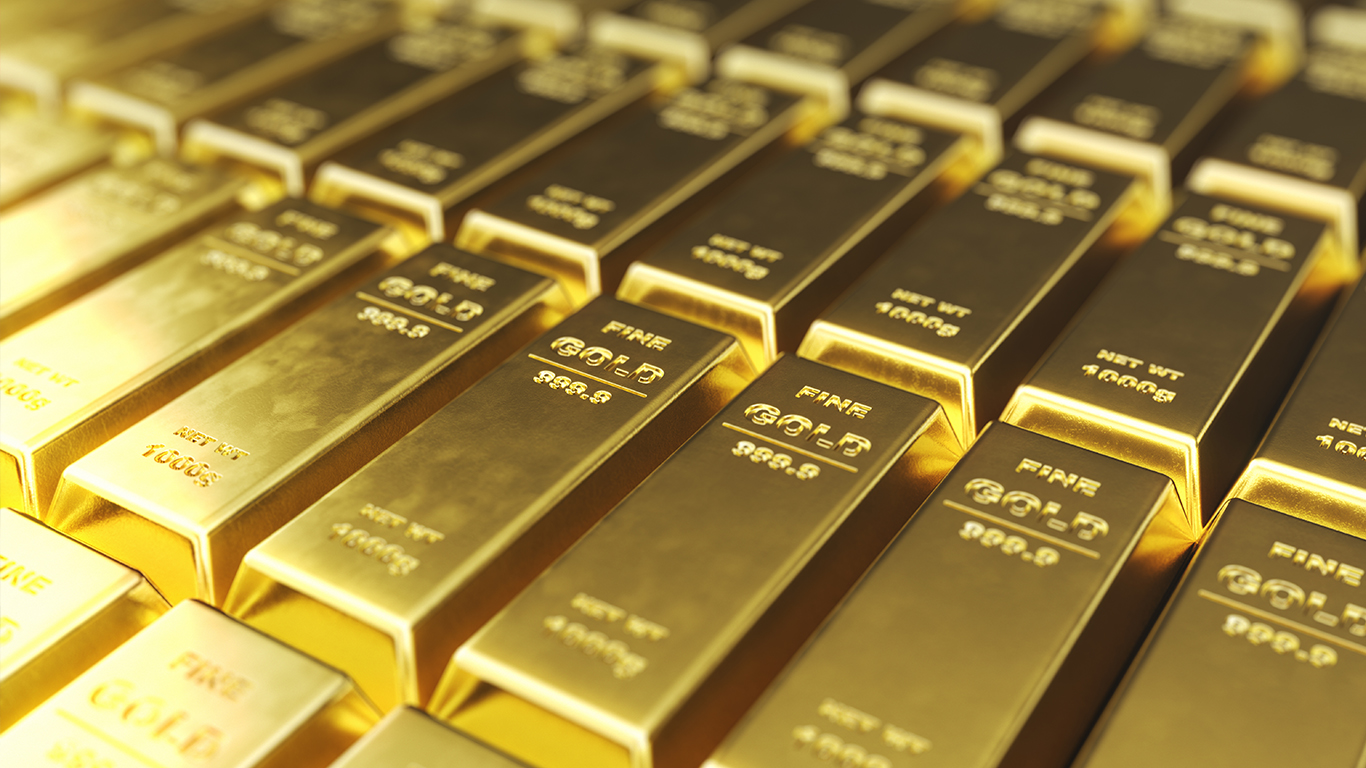
Gold (along with silver) is referenced as official legal tender in the US Constitution, and has been used as coin of the realm for many nations since time immemorial. Archaeologists have traced mankind’s relationship with gold to Ancient Egypt, circa 3,000 B.C. It has the longest history as the choice asset in flights to safety during periods of societal and political upheaval and has long been touted as the premier hedge against fiat currency inflation.
The refining and hallmark process for gold has made the physical purchase of gold in smaller amounts much safer than in the past. Therefore, as a repository of national wealth, various central banks of sovereign nations routinely keep verified and hallmarked gold in their vaults, often in large bars. For example, The US Treasury Department’s gold repository at Fort Knox maintains bars of 400 troy ounces, or 27.5 lbs. Each. The formation of the BRICS (Brazil, Russia, India, China, South Africa) alliance is predicated on asset-backed currencies from its member nations, with gold, oil, or other valuable commodities as the underlying assets.
Although it is stored by institutions as a wealth asset in larger bar configurations, gold is still used, albeit at a much smaller level, in jewelry, electronics, and in commemorative coins and other designs. Thus, hoarding by governments is by far the largest scarcity-causing factor for gold on the world market.
The rise in spot gold prices reflects the inflation trend that started in 2020, with gold trading in January 2020 at $1,516 per oz. and rising to $2,749 shortly before the November 2024 presidential election.
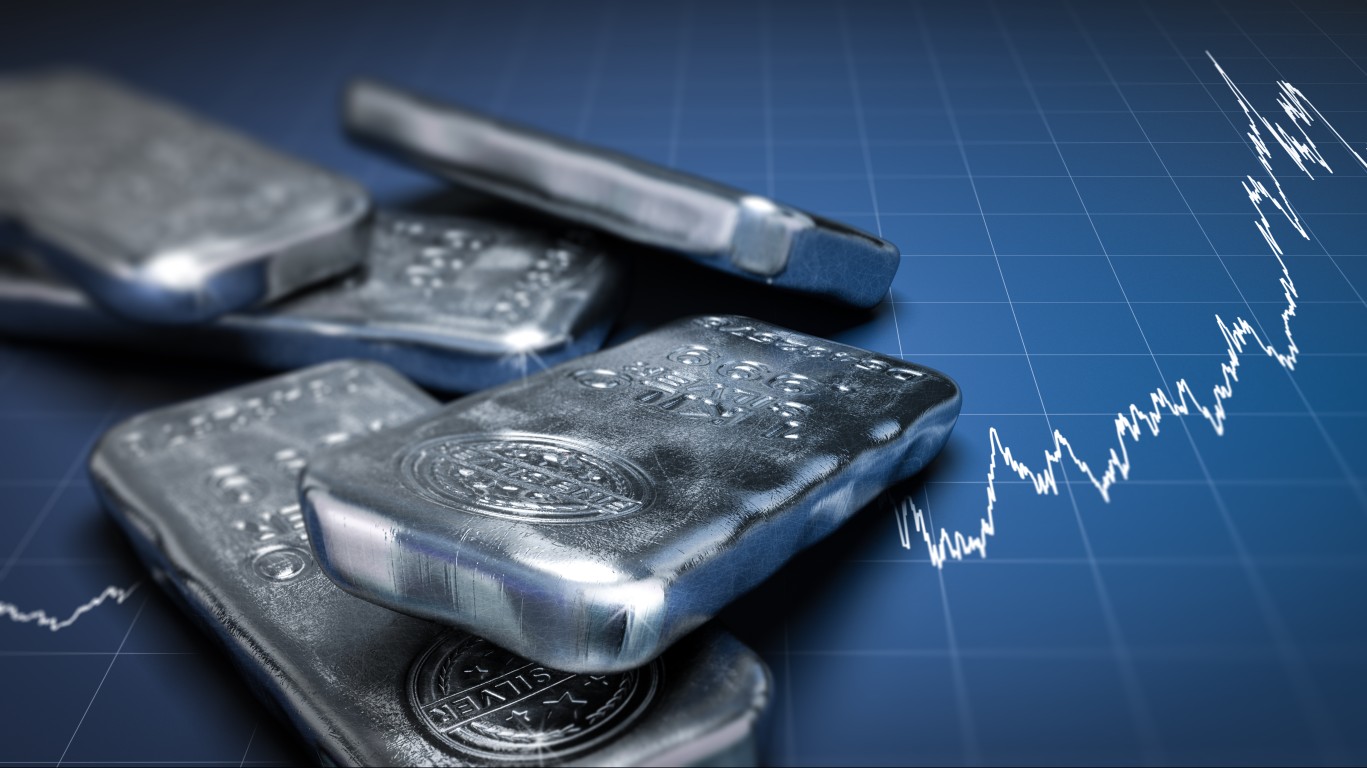
Silver has an equally long history as a precious metal, also dating back to roughly 3,000 B.C. in ancient Turkey, Crete and Greece. Silver was also highly prized in China and was considered more valuable than gold during the Ming Dynasty. Additionally, silver is a constitutionally approved legal tender in the US.
Unlike gold, silver has a much stronger demand for commercial and industrial use, due to its excellent electric conductivity, its malleability, and its antibacterial properties for healthcare. For example, in addition to coins and jewelry, silver is routinely used in the manufacture of:
As it is a more rapidly depleting asset than gold (with very limited recycling), silver mining has not kept up with demand. The past few years have seen increasing shortfalls, with 2024 estimated to be as much as 215 million ounces. The spot price of silver has been artificially suppressed in the past by large institutions via the futures market, but the supply and demand discrepancy has already cracked that barrier. Spot silver was as low as $12.39 in March, 2020. In response to inflation and a widening supply and demand ratio, it has climbed as high as $33.78 prior to the November 2024 election. That trend shows numerous indications of continuing.
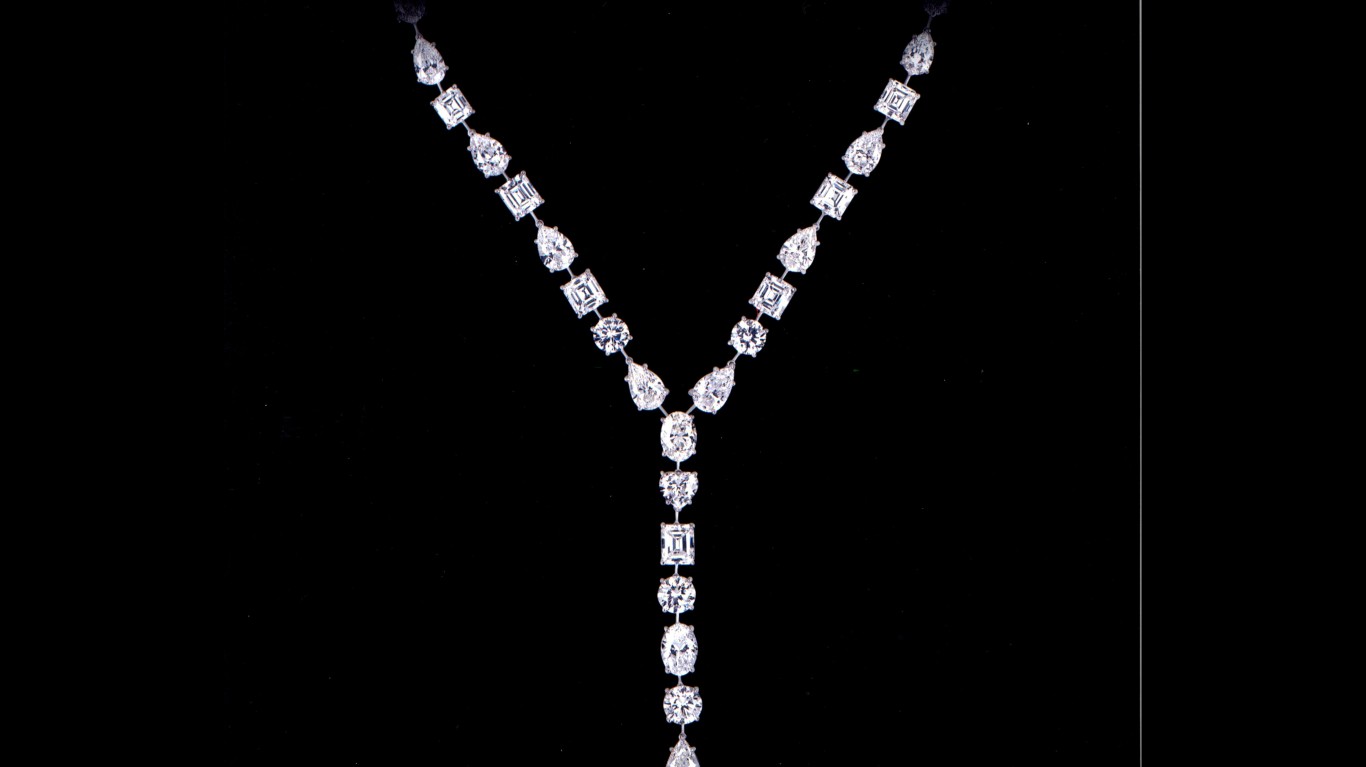
Although rarer and heavier than gold, platinum has a more significant history of use in fine art and jewelry than gold or silver. Its applications in industrial and commercial use were mostly developed during the 20th century or even more recently.
Platinum can be found in such famous works as the Egyptian Casket of Thebes, South American ceremonial jewelry, jewelry and clothing crafted during the reign of Louis XVI in France, and then widely popularized by Louis Cartier in his jewelry and timepieces, highly prized by England’s King Edward VII, among others. Its resistance to tarnish has been its biggest allure for artisans.
Platinum’s largest production currently comes from South Africa, but Russia and Canada also boast significant mining operations. Its industrial applications were late in coming, but have expanded over the past few decades, as its magnetic, electric, and other properties have been discovered. Platinum is currently used in the manufacture of:
Platinum spot prices historically tend to be as much as double the price of gold. However, this is generally during eras of economic growth and relative stability. When the market is uncertain, gold prices tend to rise due to the proverbial “flight to safety”, so platinum owners will often sell it to buy gold.
Platinum prices had stayed above gold until 2024, when the Ukraine War and the Middle East wars in Gaza escalated, President Trump underwent and survived two assassination attempts, and the Biden Administration imploded as his nationally televised debate performance stoked fears of dementia in the Oval Office. After President Trump’s inauguration, expectations are for platinum prices to once again surpass gold.
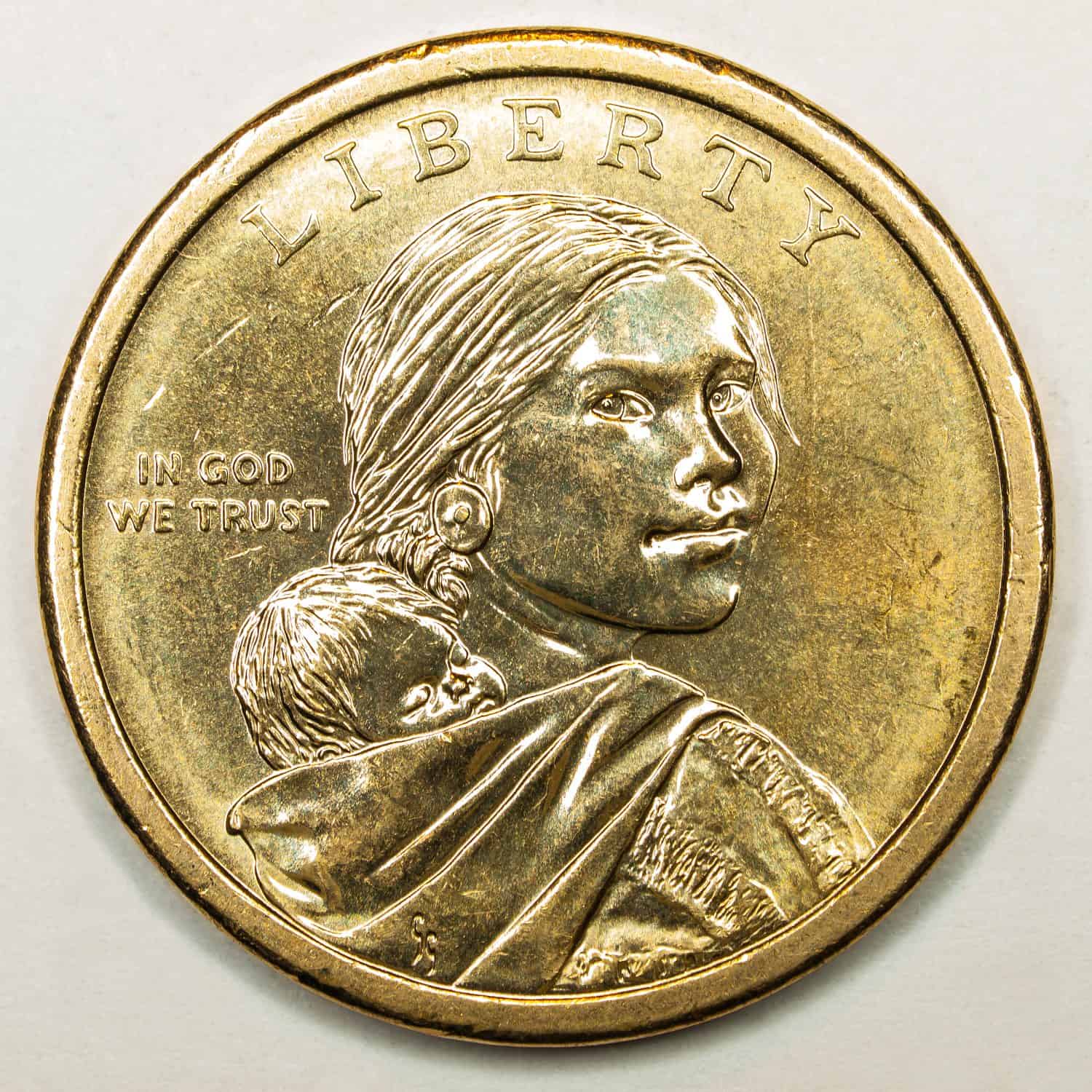
Physical Gold, Silver, and Platinum can all be purchased from precious metals dealers around the world. Retailers such as Costco now offer precious metal bars to customers. Liquidity is generally good in most urban cities; perhaps less so in rural ones.
While physical metals are the surest way to hedge inflation, the age-old issues concerning secure storage and transport remain. Although one can invest in ETFs or mutual funds that specialize in buying or mining precious metals, these asset classes are subject to market conditions and risks related to the stock market. As such, they carry a comparable risk if there were to be an EMP attack or other disabling of digital platforms.
Precious metals can serve as an excellent component of portfolio diversification, but one should monitor it closely, and continue to follow up on any new legislative, industrial, and economic developments that can affect their use or acceptability.
Retirement planning doesn’t have to feel overwhelming. The key is finding expert guidance—and SmartAsset’s simple quiz makes it easier than ever for you to connect with a vetted financial advisor.
Here’s how it works:
Why wait? Start building the retirement you’ve always dreamed of. Click here to get started today!
Thank you for reading! Have some feedback for us?
Contact the 24/7 Wall St. editorial team.